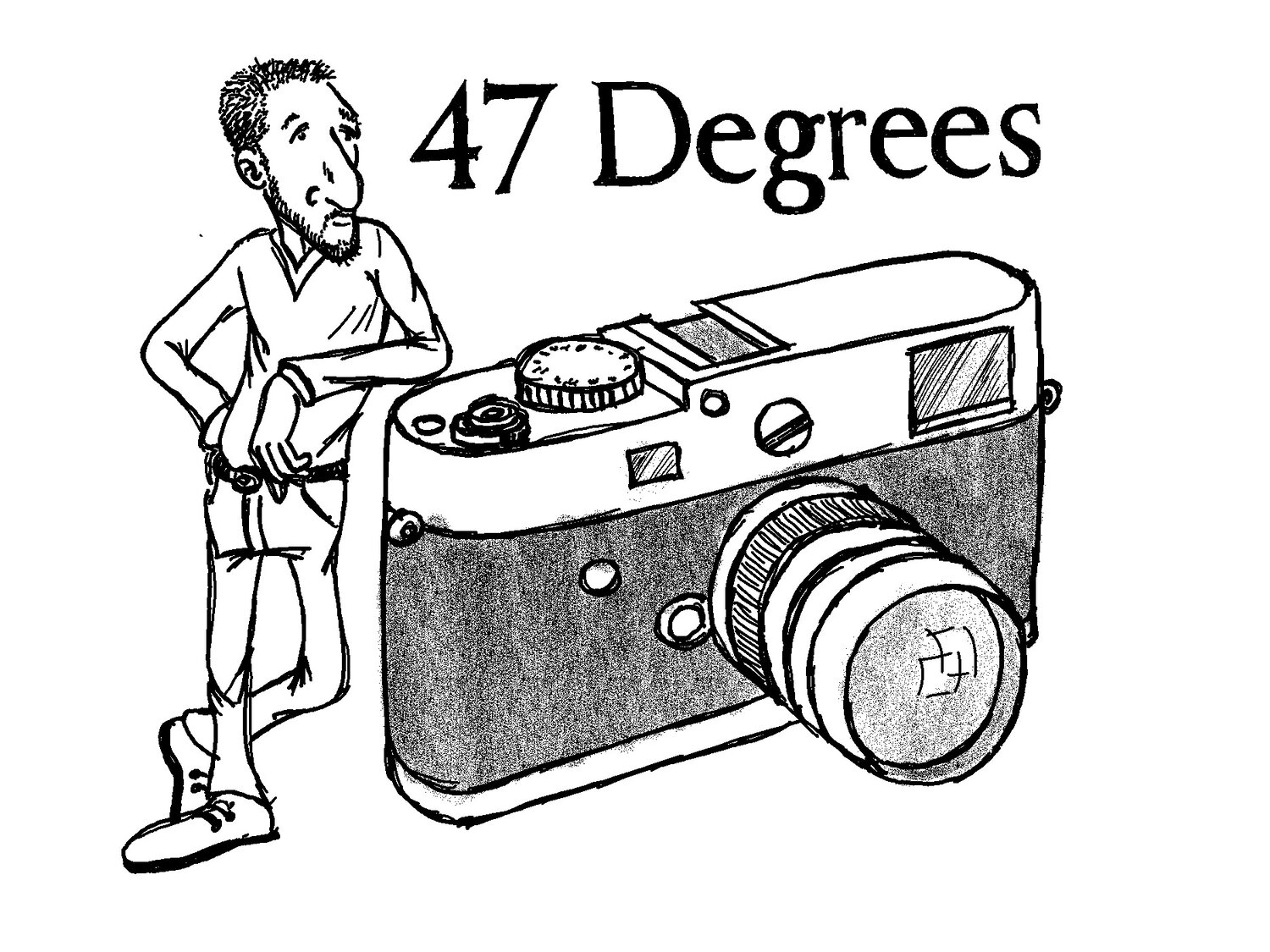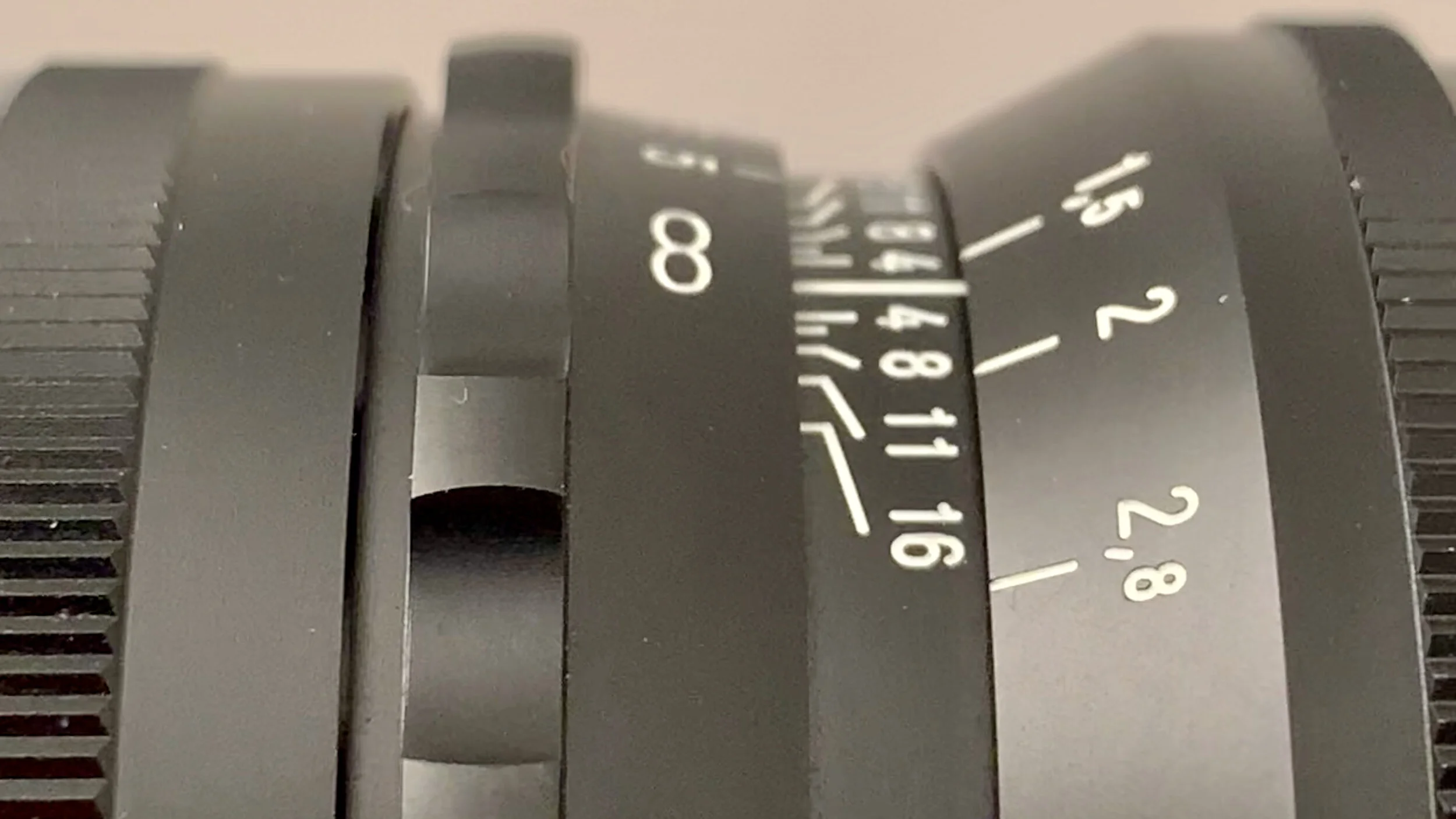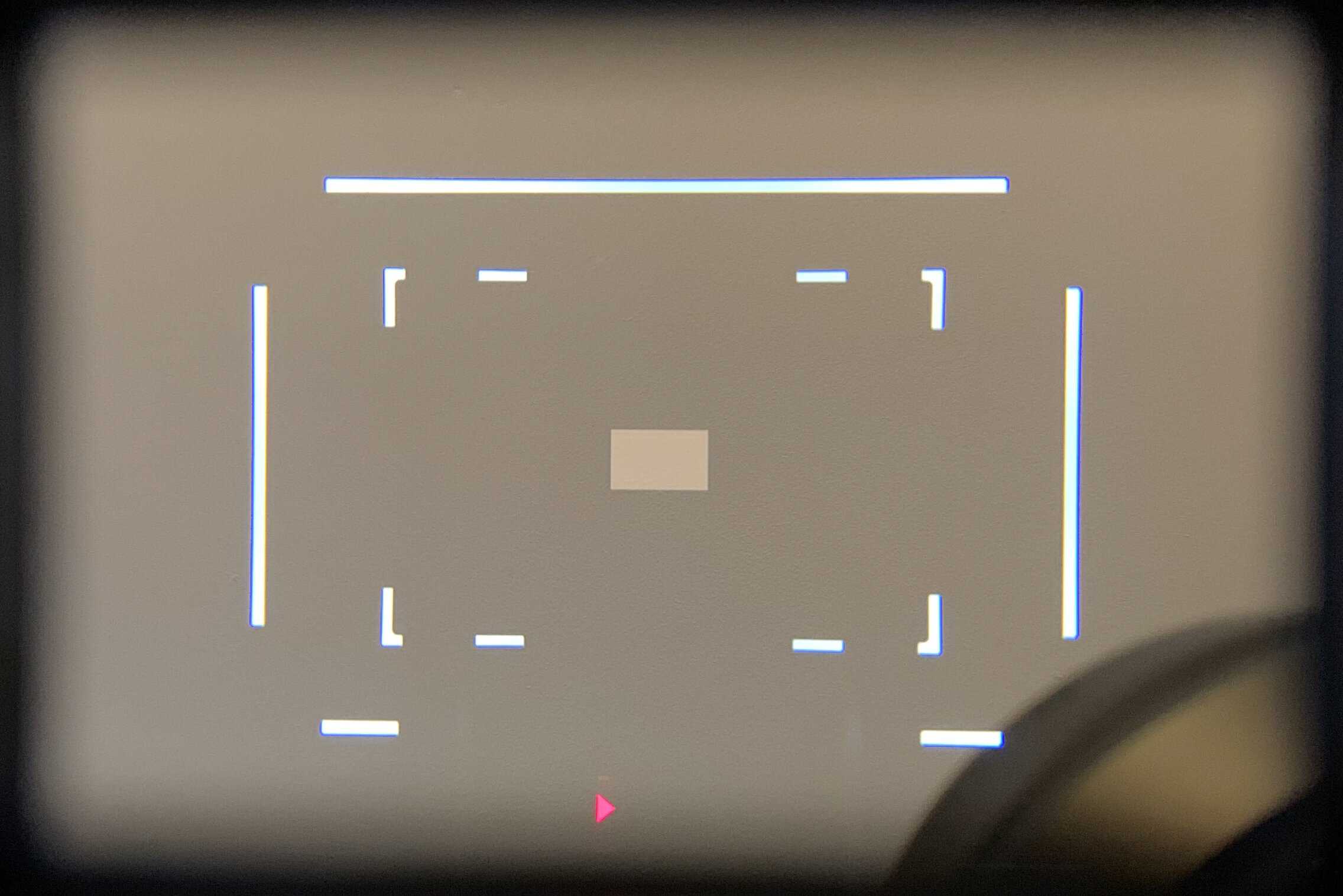Voigtlander Nokton 50mm 1.5 Aspherical VM review
Most photographers have a favourite focal length they will gravitate to, even those using a zoom lens: if you look at the exif data of your shots and check what focal length you use the most you will soon find out that you have a certain way of seeing. Mine is 50mm. I could happily spend the rest of my photographic life with just a 50mm fast prime lens and nothing else.
I always had a 50mm or equivalent lens in my kit. When I sold my full autofocus system to afford my first Leica M I immediately looked for my 50mm lens. The Leica option was too expensive. I didn’t know much about the Leica M system options, but I knew about Voigtlander and I had researched it, so I went to my favourite dealer looking for it (yes, you might call it a drug. Damn gear addiction!). The first lens in my hand was the Nokton 50mm 1.5 Aspherical VM. The second was the Voigtlander Nokton 50mm 1.1 VM. I went for the faster lens for two reasons, which I now realise were one right and one wrong! The wrong reason was speed: I wanted the fastest lens I could afford, I had the bokeh bug at the time. Thankfully I have grown from there and healed. The second reason was the right one and I should have heeded it later on: I didn’t really like the focusing ring, it felt uncomfortable with those sharp angles digging in my fingerpads.
Fast forward to now: the Nokton 1.1 lasted less than a year. The Nokton 50mm 1.2 Aspherical VM was released and it delighted me to no end. Reviews of both lenses coming! Problem is, when owning the Nokton 1.1, I soon felt encumbered by its weight and bulk. Even the Nokton 1.2 felt a bit bigger and heavier that I would have liked. This led me to always look for a second, smaller option to carry everyday.
The Nokton 1.5 was the first thought, and it landed in my greedy hands very soon. It stayed for a while, then left. And came back soon after. But left again. This cycle repeated itself 6 times. Like a very troubled relationship. When your partner has a fundamental trait that just doesn’t work for you, you have to let it go. Don’t expect it to change, and don’t expect that time will make it better. It will undermine the whole relationship. Did I heed that advice? Of course not! I should have remembered: it was not love at first sight, I immediately felt something was off the first time we met. But it was so attractive! I liked everything about it, if only I could get over that elephant in the room. So, how did it end? Read on to find out!
The handling
Ergonomics are really important to me. When looking at a lens I want to keep, I need to feel at home with it. I need to feel that the tool is making my job easier, it’s making it a pleasure to use it and adds to the experience of creating an image. Why would I have sold an exceptional autofocus system to get into the Leica M world? It’s the rangefinder experience. It’s the process of crafting the image with just the basic tools, to frills or gimmicks. The Leica M is exactly what I was looking for: my photography improved thanks to the sheer pleasure of creating with such an instrument. Shame the prices are eye-watering for most of us.
So, how did the Nokton 50mm 1.5 Aspherical VM add to this experience?
The elephant in the room
The Nokton 1.5 looks…vintage. Does it look good? That’s very personal. I find it pretty ugly, but looks don’t determine ergonomics. Or do they? Actually, they do indeed! This lens is styled after an original Voigtlander design from the 1950s. Times have moved on, and ergonomics have evolved. For a good reason.
Let’s have a look at the focus ring in particular:
It is scalloped but not knurled and it is 3mm deep. Which means that to make it turn you have to grip a bit harder and use the edges of the scalloping to avoid slipping while focusing. Also, the dampening of the focus ring is medium high, leading to a need for more strength to turn it. That makes it more precise for fine focusing, but even more uncomfortable to use. It really digs in your fingers and feels unpleasant. I had the brass version of this lens once: the edges of the scalloping were even sharper. Way to go. If only the focus ring were less dampened, with a very light force needed to move it, it would be much, much less of a problem. I had the Voigtlander Ultron 35mm 1.7 Aspherical VM, which shares the same idiotic design, but its focus ring dampening was much lighter, making the ergonomical issue a lot more palatable. But as it is this is an irredeemable flaw in the design, leading to my extremely troubled love/hate relationship with this fast prime lens.
Now that we are on the negatives, let’s talk about another issue: the lens hood provided with the lens. First of all let’s say that, at least, they do provide one, which they don’t with most other lenses. On the other hand it’s wide and fairly shallow, actually much wider than necessary, thus less efficient.
The real problem is the fact that it’s not vented. Why would that be a problem? Well, this is a lens designed for a rangefinder camera. One of the main issues with the size of lenses on rangefinder cameras is the viewfinder blockage, which will hide the lower right corner of your composition. The Nokton 50mm 1.5 is a fairly small lens, and it barely blocks the viewfinder at infinity if used without a hood, it blocks it a bit more at minimum focusing distance (MFD). But when you mount the hood the blockage becomes obnoxious. Had the hood been vented the blockage would have been almost irrelevant:
So, why is it designed this way? Historical reference of course. In the face of ergonomics.
Another historical reference that makes no sense it the mounting alignment reference on the side. Most lenses for the Leica M system have a raised dot on the side to align the lens with the mounting flange on the camera. Easy to find by touch, easy to see, easy to swap lenses.
Not so on the Nokton 1.5: instead of a nice and practical raised dot we have a small groove on the side of the lens mount flange, not easy to see and impossible to find by touch. This means that when you need to change lenses you end up rolling the lens in your hand trying to find that tiny red mark, and forget about it in the dark. It doesn’t work very well.
So much negativity! Why?
The overall impression for this lens is that it was not designed for professional work. That’s why. It was designed as a cute object that can also be used to take pictures. A camera lens is first and foremost a tool: as such it needs to be ergonomically sound and allow the user to work with it with maximum ease. If you then can also make it beautiful or at least attractive that is a bonus. Voigtlander is probably trying to carve a niche in the market with barrel designs that harken back to the 1950s but host modern optics. To me this is a total waste: great optical designs stuck in ergonomically hobbled devices.
So, do I find anything good about this lens and it’s handling? Of course I do. The size of the lens is perfect for the camera. The weight of 220g for the black version makes it really light and a joy to carry all day and it balances perfectly on the camera. The 49mm filters are ubiquitous and easy to find, although you will have to remove the hood and screw it back onto the filter to keep on using it. I don’t use hoods unless it rains, so I hardly have the problem, but again: why making it harder to use? Also, the lens focuses down to 0.7m, a standard nowadays on rangefinder lenses, but I mention it because the older LTM version of this lens of the Nokton 1.5 only focused down to 0.9m.
Another positive should be the 10 aperture blades, giving beautiful 10 pointed sunstars. Characteristically for most Voigtlander lenses those aperture blades are straight, making the out of focus highlights polygonal as soon as you stop down.
The aperture ring is chunky, easy to locate and knurled all the way around. Hallelujah! Something that is ergonomically sound! Well, that is just because they got that right in the 1950s lens. The ring is quite dampened in use and the detents are quite snappy: it works well and doesn’t move unless asked to. I like that.
Is it sharp at least?
Let’s have a look at the performance of the optics: we will be looking at sharpness at infinity then at MFD. The images are the same I used in the 50mm comparison review, the full frame image below is the same as well:
We will be looking at 300% crops of the castle in the middle: this is true pixel-peeping, but it was nice to have the castle fill the crop. Remember the enlargement though, what we are analysing might be relevant only for very large prints. The first series has centre crops, then mid-frame crops and finally corner crops. The scene was re-framed for each series to place the castle in the appropriate area for the crop. That is why we also have exposure differences.
Here is a summary grid of the shots we will analyse:
Click on the grid to open a larger version on Flickr.
Centre performance:
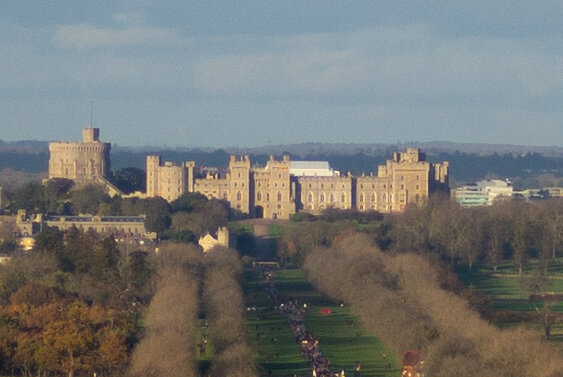
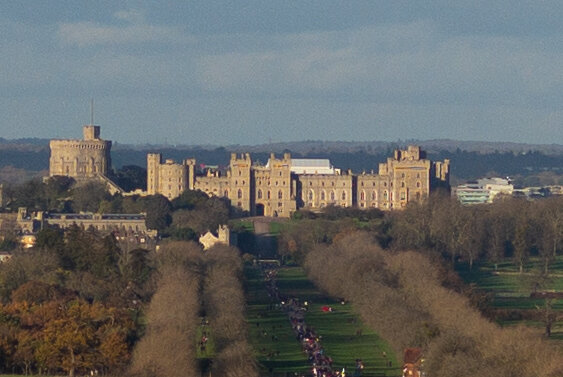
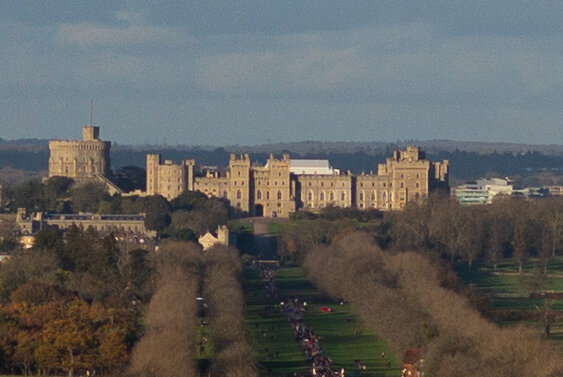
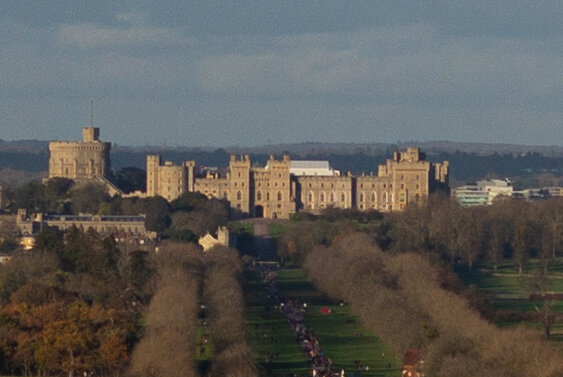
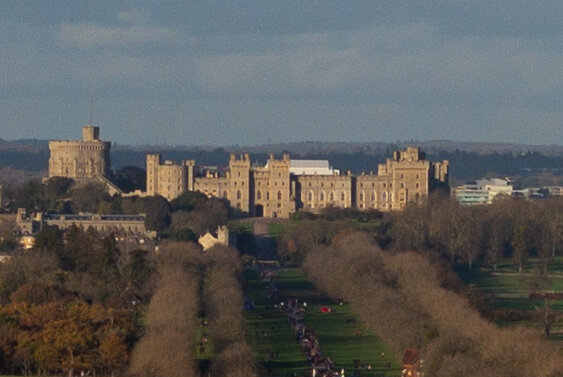
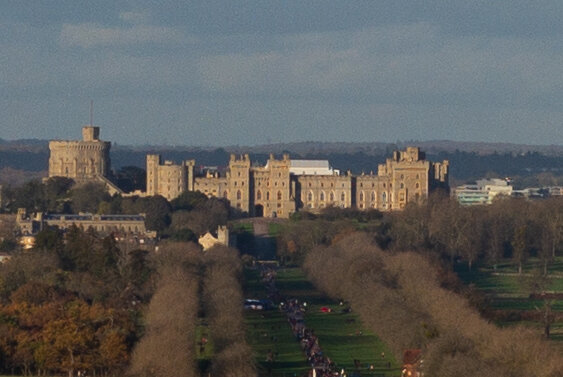
The Voigtlander Nokton 50mm 1.5 Aspherical VM is already performing wide open at infinity: plenty of detail is visible, although a little spherical aberration and lower contrast are hazing the image a little. From F2 the contrast and definition have leaped forward and the image is of high quality. Oddly, from there on the detail starts losing definition slightly, and by F4 the castle is not tack sharp anymore. Is that due to focus shift? We will have to check in the dedicated test.
Mid-frame:






Wide open we can certainly see some image degradation from the centre, there is less detail and lower contrast. The detail and contrast peak at F2.8 then the sharpness degrades again slightly. The quality at mid-frame never reaches the levels of the centre.
Corner:






We are in the upper right corner or the frame here. The Nokton 1.5 is not a high performer in the corner wide open: the image here suffers from a good amount of internal coma and sagittal astigmatism, smearing the detail. The castle tower on the left is starting to sharpen up at F4 and by F8 the image quality is good all the way to the edge. Contrast is a bit lower wide open but picks up very quickly.
Now we can have a look at the sharpness at MFD and its magnification. The main subject is the battery for my Leica M typ 240, measuring 55x37mm. The lens was refocused for each shot to avoid focus shift errors. The first shot is the full image, followed by 100% crops of the centre.







Wide open the contrast is not high and some uncorrected spherical aberration is robbing the image of detail. There is no chromatic aberration. At F2 the contrast and resolution have improved considerably, but it needs to be stopped down to F4 to really sharpen up and give a very high quality image. Stopping down further only deepens the depth of field (DoF) without improving the image anymore.
Focus shift
Focus shift is an inherent flaw of optical devices using spherical lens elements. It is caused by spherical aberration, which is an unavoidable flaw that can only be controlled to a degree. To understand more please refer to this article. This means that the Nokton 50mm 1.5 Aspherical VM will certainly show focus shift. Is it relevant in real world use?
Here is the whole series:
Clicking on the grid will open a new tab with the Flickr version which is less compressed and easier to enlarge.
Centre crops:






Wide open the image lacks a bit of contrast and is not tack sharp. Still, it is showing a really good amount of detail. There is some purple fringing (PF) on target. We will talk about PF a lot more in the chromatic aberrations test. Spherochromatism is also visible as green fringing of the defocused area beyond the focus plane, magenta before the focus plane. Spherochromatism is a form of Longitudinal Chromatic Aberration (LoCA) and it can be brought under control with an apochromatic design. The Nokton 50mm 1.5 is not apochromatic and it shows. On the other hand, very few 50mm fast prime lens are apochromatic apart from five (to my knowledge), of which three are from Leica: the APO-Summicron-M 50mm F2 ASPH, the APO-Summicron-SL 50mm F2 ASPH, the Summilux-M 50mm F1.4 ASPH (not designated as such but Mr Karbe, its designer, stated that it is an APO design after all). The other two are from Voigtlander, that recently released their APO-Lanthar 50mm F2 Aspherical VM after releasing the FE version some time ago. I expect the five lenses in question will have much less spherochromatism. Check the Summilux 1.4 here in my comparison.
Moving on, at F2 contrast has gone up a lot and definition of detail is a bit better. The spherochromatism is still very visible. Some focus shift is apparent but it doesn’t detract from the sharpness of the target, which falls within the DoF. It is at F2.8 and F4 that focus shift is possibly becoming an issue: the target is now at the outside edge of the DoF and as such it has become softer, while the plane of focus has traveled quite a way backwards. It seems to be 2.5cm beyond target at F2.8, close to 4cm at F4. Quite a dramatic focus shift. At F5.6 the target is regaining some sharpness but it needs F8 to be quite sharp again, never reaching the high definition of the area a few cm beyond. The spherochromatism is gone by F4.
Not a show off in the focus shift department, I would say.
Mid-frame:






In mid-field the image quality is lower and the contrast needs stopping down to F4 to get to any decent level. At F8 the sharpness is good, but it gets gradually and slowly there - the focus shift certainly has a role in that. Looking at the wide open shot it’s interesting to notice a detail: the Thames and Hudson writing on the spine of the book supporting the battery shows a considerable amount of uncorrected spherical aberration, but the gentle defocus fall-off makes the writing still pretty sharp within the spherical glow. You would expect the detail to be a lot more blurred.
Corner:






I would have expected the corner performance in this test to be fairly poor having seen the infinity series. Instead, the sharpness seems to be better on target in the corner than in the centre! Wide open and at F2 it is on par with the centre, at F2.8 and even more at F4 the target is way sharper and contrasty than the centre. At F5.6 and F8 the target is tack sharp. There must be some positive field curvature at play in the corner here, but a surprising performance on the focus plane in the corner.
Coma, astigmatism and sunstars
This series shows the upper left corner of the image. The fairy lights help demonstrating what we need to see.






The crop is a corner one because monochromatic aberrations like coma and astigmatism are more visible the further we go from the centre of the frame and that is where they do degrade the image. Wide open the Nokton 50mm 1.5 shows a good performance: some sagittal astigmatism and internal coma tinged with some blue fringing, but mostly in the far corner. At F2 the aberrations are halved already and at F2.8 they’re gone, replaced by beautiful sunstars thanks to those 10 straight aperture blades. Not much else to say, and that’s really good.
Chromatic aberrations
The main chromatic aberrations we will be looking at are lateral (LaCA), longitudinal (LoCA) and purple fringing, PF.
Centre crops:






The PF wide open is plainly obnoxious and pervasive. It diminishes at F2 but it’s still degrading the image. At F2.8 most PF is gone to be replaced by a healthy amount of digital PF (DPF) that is a lot less disturbing. By F4 the image is starting to clean up and it gets free of visible chromatic aberrations at F8. Not a best in class performance.
Far corner crops:






PF, astigmatism and spherical aberration are pervasive wide open and at F2. At F2.8 and F4 we can start to see a little detail but there is still quite some PF. F5.6 and F8 give a really good image quality, with a trace of LaCA (green-magenta) in the very last pixels of the edge but we can see them only at ludicrous enlargement levels. LaCA is definitely not an issue with this lens.
Flare handling
The series is taken wide open to get the worst case scenarios. The source of light is a LED powerful torch, shone straight into the lens, then obliquely around 45 degrees, then at almost 90 degrees. I repeat: these are worst case scenarios, please put the result into context.











The Nokton 50mm 1.5 Aspherical VM handles flare with some difficulty in certain cases but its performance is quite good in my opinion. Remember the nature of this test, this is the worst I could get out of the lens. In real use I never had trouble with flare and I often shoot with the sun hitting the front element. I never use a hood unless it rains.



Vignetting and distortion
The Nokton 50mm 1.5 has a very good performance in the vignetting department:
Wide open there is a healthy amount of vignetting but that is natural for a fast prime lens. At F2 it improves noticeably and by F2.8 the vignetting is already irrelevant. No vignetting from F4. That’s a really good performance.
The distortion is of the barrel kind and easily corrected in Lightroom with +3. It is an average performance.
The bokeh!!
The Nokton 50mm 1.5 is a fast prime lens. This notion creates an instant association in most photographers nowadays: shallow DoF and bokeh. Bokeh is a Japanese word that, in photography, indicates the aesthetic quality of the out of focus background, and opinions about what is good bokeh vary wildly. I think that a way to judge bokeh in a reasonably objective way is to assess how smooth and undisturbing it is. Each person will then decide if they like its particular appearance or not.
There are three series for bokeh rendering, because the subject and the background distance are both variables that will change the background defocus appearance (very noticeable in the TTArtisan 50mm 0.95 lens, reviewed here): the first series is close to MFD, which will allow us to also assess the out of focus highlight (OOFH) shape and quality, the other two series will place the subject at 3m and at 6m distance.
We will be analysing these images:
Clicking on the grid will open a new tab with the Flickr version which is less compressed and easier to enlarge.
Close focus:






The OOFH on the wide open shot are showing quite some outlining with yellow and blue colours, moderate onion ring bokeh (ORB) and some internal coma smearing the off-centre OOFH internally. The wider front element and filter ring allow for mild cat’s eye bokeh (CEB) shapes. There is a very light shade of green fringing from spherochromatism (SC). At F2 the outlining is still there but reduced. The OOFH take on a decagonal shape thanks to the 10 straight aperture blades and the SC is now a little more pronounced but not disturbing. At F2.8 the ORB has disappeared and the SC is barely visible. From F4 the OOFH are losing any specific character and becoming neutral and pleasing.
Focus at 3m:






At F1.5 the SC is definitely visible (defocused branches in upper mid-frame) and a slight outlining is robbing the background of absolute softness, but this is nitpicking: the bokeh is pleasing and unobtrusive. At F2 the outlining is gone, making the bokeh even smoother. From F2.8 it is just neutral and satisfying.
Focus at 6m:






At this distance many lenses start rendering quite a nervous kind of bokeh. That is not the case with the Nokton 50mm 1.5, there is a good smoothness and neutrality to it that supports the image without distracting at all. Stopping down it maintains its smoothness, but talking about defocus becomes less and less relevant now. Notice that some negative field curvature at this distance seems to be sharpening the corners compared to the more central portion of the image.
The Voigtlander Nokton 50mm 1.5 Aspherical has a beautiful bokeh rendering. It could be slightly smoother wide open, but not by much. The SC is there but hardly a problem in real world photography.
Portrait
I set up a studio-like kind of portrait with a light 45 degrees angle to the right and above the subject, my beautiful wife Daniela. There was a reflector on the left to lift the shadows. No rim light around the hair because I could not produce a decent one with my extremely limited lighting equipment.




The image is quite sharp and detailed from wide open with a small amount of spherical aberration softening minute detail. From there it improves and at F2.8 it is already spectacular. Like most lenses, in artificial controlled light the sensor level saturation makes the image rich and satisfying without feeling the need to delve into pixel-peeping. But if you do so the Nokton 50mm 1.5 delivers from wide open. I haven’t gone beyond F4 because at F2.8 the performance in this setting has already peaked. You only stop down for more DoF.
Conclusions
The Voigtlander Nokton 50mm 1.5 Aspherical VM is a really good optic. Let’s see the pros and cons:
PROS
Good coma and astigmatism control
Great LaCA control
Beautiful sunstars
Vignetting is moderate and gone at F4
Good, quite neutral bokeh rendition
Great choice for portraits
CONS
Horrible handling
Focus shift could be problematic
Considerable purple fringing
It is a good lens. Far from being perfect, certainly not comparable to the Leica Summilux-M 50mm 1.4 ASPH or to its newer Nokton siblings, the Nokton 50mm 1.2 Aspherical VM and the verbosely named Nokton Vintage Line 50mm 1.5 Aspherical II VM (let’s call it Nokton 1.5 II).
The real issue with this lens is subjective but I think I made my position clear at the beginning of this article: the ergonomic design is plainly idiotic. Looks over functionality, all the way. Had this lens been even a little better from the ergonomics perspective it would have been my only 50mm fast prime lens since the beginning. I would have probably stopped looking for my “desert island” lens very soon. I used this lens a lot and the optical quality never, ever let me down. It may look like this lens is average from the testing, but this review draws out all the worst from it and it still comes out as a good optic. In the real world it is just fantastic. But. A pain to use. What a waste.
So, do I recommend this lens? At £647 for the black version, £755 for the chromed brass one, it also is not expensive at all in the Leica M world. So my answer is: if you don’t mind the ergonomics, go for it and you will really enjoy it. It can be the only 50mm fast prime lens you’ll ever need. But try it first in hand: many people don’t mind the focus ring design at all and thoroughly enjoy using it: I envy them.
I will leave you with a few image samples:




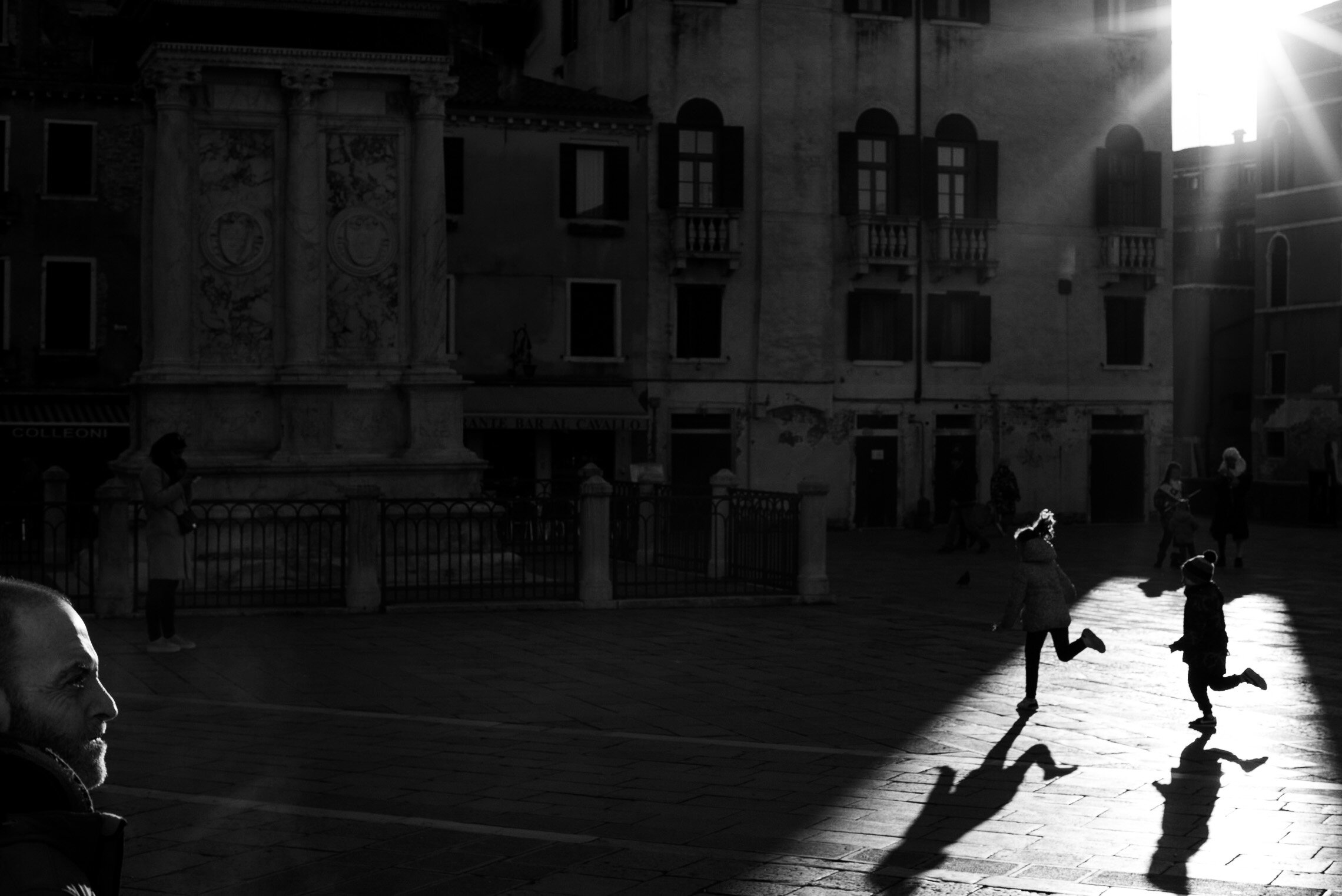
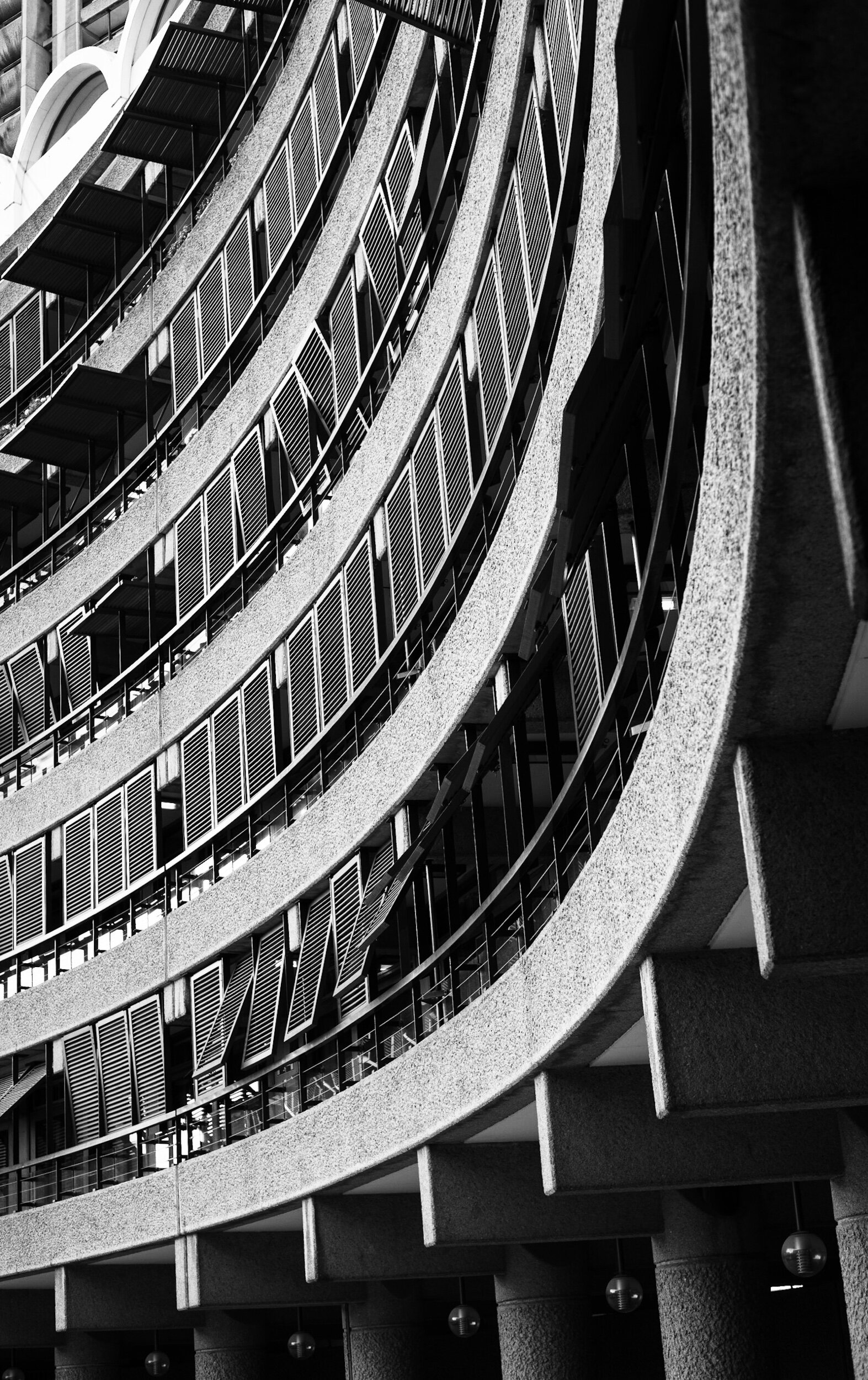
As usual, please let me know what you think in the comments!
